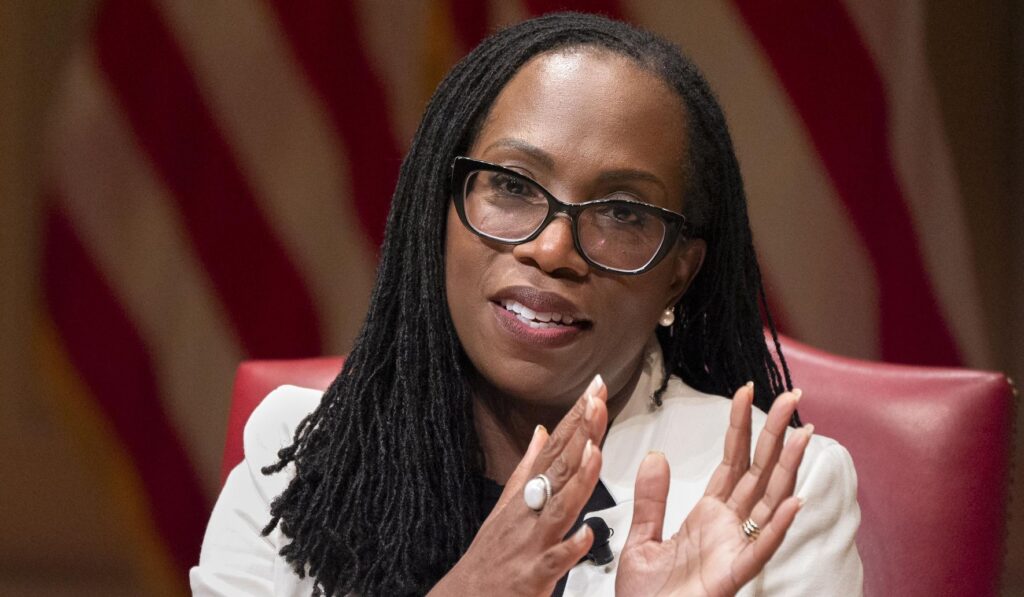Supreme Court Justice Ketanji Brown Jackson temporarily paused a lower court order late Friday that had directed the government to pay full food stamp benefits, giving the Trump administration a short reprieve while legal options play out.
Late Friday, Justice Ketanji Brown Jackson stepped in to stay a lower court ruling that demanded full payment of food stamp benefits, halting enforcement of that decision for now. The move buys time for the government to seek further review and for advocates on both sides to press their cases in higher courts. This pause does not resolve the dispute, but it does shift the battleground to appellate courts.
The lower court had issued a broad order affecting how benefits are calculated or disbursed, and its decision raised immediate questions about federal exposure and administrative responsibility. Conservatives and taxpayers who worry about unchecked judicial orders saw the stay as a necessary brake on sudden obligations that could ripple through budgets. Opponents argued the pause delays relief for families who need assistance right away.
From a Republican vantage, the episode underscores three recurring tensions: the courts shaping policy, the cost of retroactive relief, and the need for clear rules that limit surprise liabilities for the federal government. When judges issue sweeping remedies, the people who write the checks are taxpayers, and elected leaders should remain accountable for program design. That accountability is weakened when courts impose large-scale financial orders without a predictable standard for remedies.
Legal teams for the federal government portrayed the stay as a procedural necessity, arguing that the issue merits closer appellate scrutiny before money changes hands. That argument mirrors a common conservative concern: courts should avoid upending administrative practices without giving the government a chance to appeal. For advocates seeking full benefits, the delay is a sharp disappointment, but the higher courts will now weigh whether the lower court exceeded its authority.
The practical implications are immediate. Agencies may pause implementation while lawyers sort through briefs and oral arguments, leaving states and local offices to manage uncertainty about payments and program administration. Program administrators need clear, durable guidance; sudden reversals force scrambling and can create gaps in service delivery. Republicans argue that careful judicial restraint helps preserve orderly administration and prevents last-minute, expensive fixes imposed by judges.
Politically, this kind of judicial intervention becomes fodder for broader debates about separation of powers. Conservative critics point to the stay as a sensible check when a single judge’s remedy would impose major budgetary burdens, while progressives frame judicial delay as a barrier to urgent relief. Neither view eliminates the complicated facts courts must consider: statutory text, administrative history, and the scope of equitable remedies.
The case is also a reminder that major program disputes often end up at the Supreme Court level when lower courts issue far-reaching orders. The stay by Justice Jackson does not determine the merits, but it does keep federal exposure on hold until the legal process advances. For Republicans focused on fiscal responsibility and institutional boundaries, the pause is a temporary victory for orderly review.
Looking ahead, the appellate path will decide whether the lower court’s approach to relief stands or is curbed by limits on judicial authority. In the meantime, states, agencies, and advocacy groups must navigate uncertainty while the courts sort out the proper balance between remedying harms and avoiding open-ended fiscal obligations. That tension will shape the next phase of litigation and political debate.



